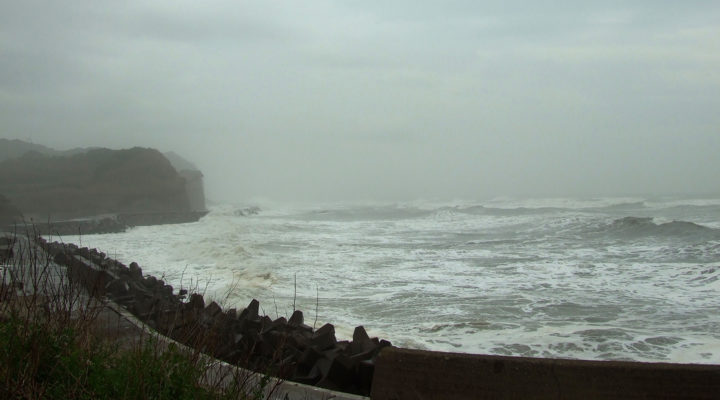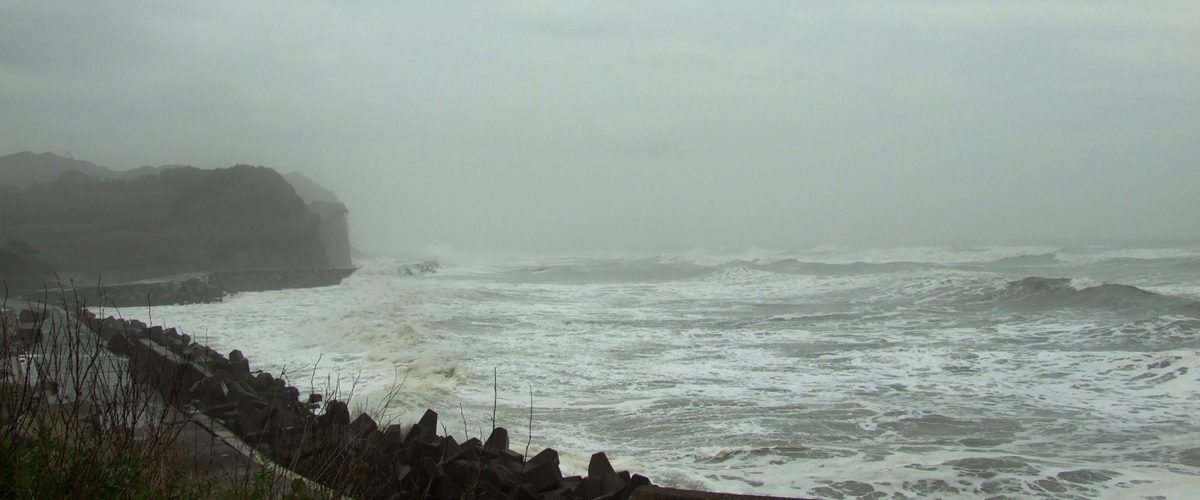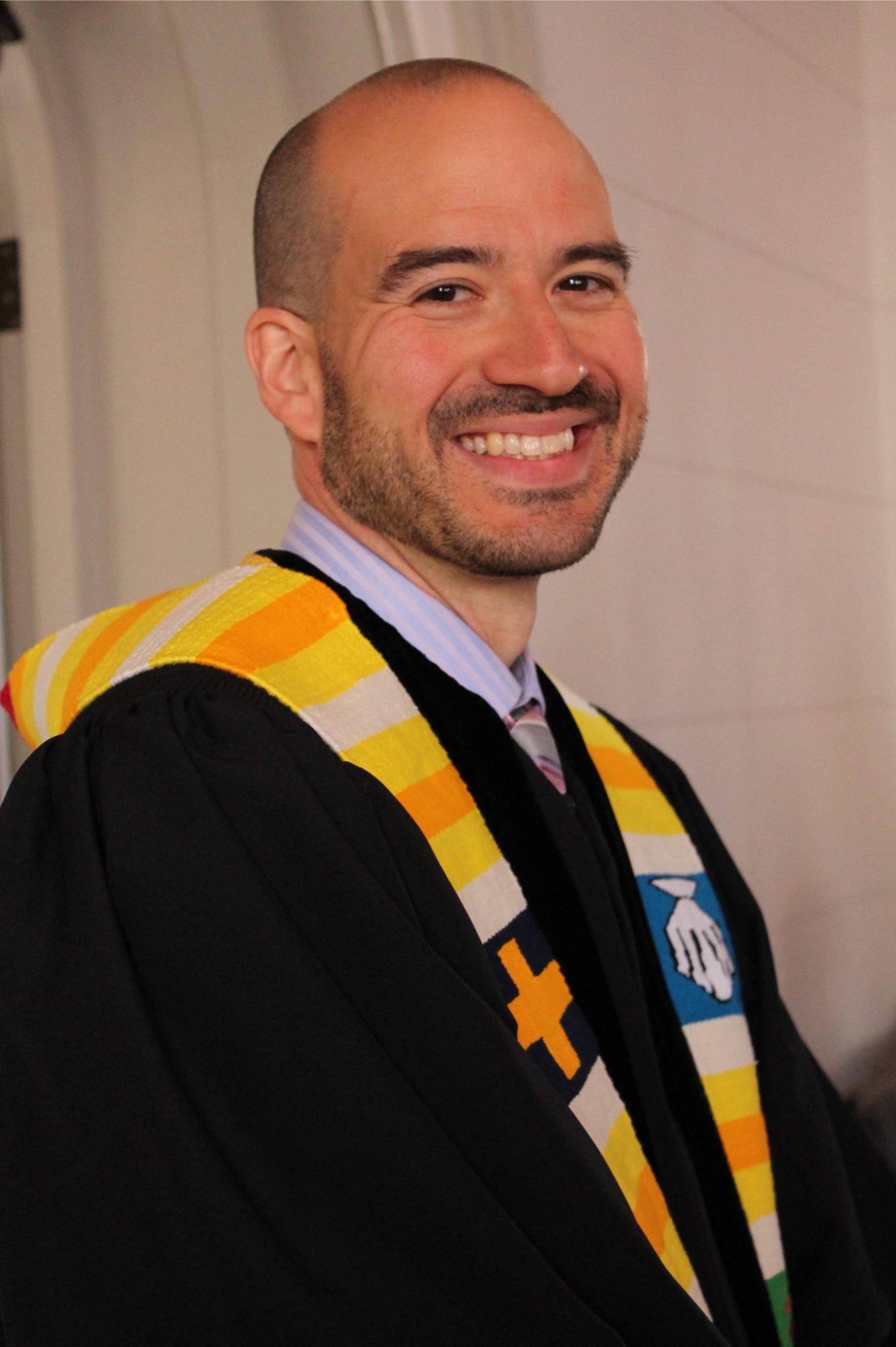The Los Angeles Times called Silence “a film for the ages,” while Variety described it as “undeniably gorgeous. A remarkable achievement.”
But the latest film by Martin Scorsese, currently in theaters, is more than that, says Michael Sciretti Jr., a minister and teacher with the Epiphany Institute, which seeks to revive Baptist spirituality through contemplative practices.
“It’s such a difficult movie,” Sciretti said of Silence, which stars Andrew Garfield and Adam Driver as Jesuit priests seeking their lost mentor, Leam Neeson, in a very hostile Japan in 1639.
All three men, and many of the Japanese Christians they encounter, are put to severe persecution.
“It’s tragic on many levels,” he said.
And Sciretti said he sees much in the film that can benefit Christians today. He shared his thoughts about the film with Baptist News Global.
Silence is set in an exotic time and place. But does it speak in some ways to the Christian struggle today?
I couldn’t help but filter it through my own work and to make a distinction between exterior Christianity and interior Christianity — and moving from a transactional understanding of Christ and his teaching to more of a transformational way of thinking of Christ. That is very much where we are today. There are these cultural, external aspects of Christianity we cling to, and we think these are the truth. Jesus was always pushing against that. I think we have to illuminate internal Christianity … as a path of transformation.
Would you recommend this film for anyone?
It’s a hard movie. It’s good to recommend it to someone who would have someone to talk about it afterward. If I was going to recommend it to students, I would want to have some time to debrief about it and see where they relate and where they don’t relate. I really want them to struggle with the realities of these external aspects of Christianity. It would be interesting for people to reflect on who they most identify with [in the film] and why, and move and grow beyond that particular form of faith.
Did Silence come across as a particularly Catholic film to you?
It definitely goes beyond Catholicism. Both Liam Neeson’s character and Andrew Garfield‘s character move … into a very interior faith. In some ways it could be a critique of western Christianity, because that led to all this suffering. I don’t think it’s a film that glamorizes Catholic Christianity, but it’s a movie that can cause Christians, no matter what their particular denomination is, to ask, “What form of Christianity I am living and how might I grow?”
What did you find spiritually inspiring or useful in the film?
I think it’s where the voice of Jesus is coming out of the silence saying it’s OK to step on this image and that having so much veneration for a thing of clay is not what’s important. But it takes discernment to determine what’s important. It takes discernment to determine what the external husk is and what the internal essence is.
Is the film in itself a form of spiritual formation or discernment?
Yes. You’re going through Andrew Garfield’s character on a spiritual journey and you get to see his interior struggle. It is kind of a spiritual exercise of sorts. And I think it’s probably helpful to talk about it because you could very easily get very judgmental on the actions of the characters and being able to talk about it with other people would be helpful. … One way of thinking about it is asking where do you find yourself in the story? And you begin to see that all of those characters are, in some way, inside of you. And then there’s the voice of Jesus as, well, coming out of the silence.



